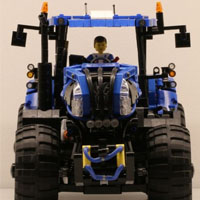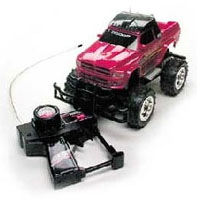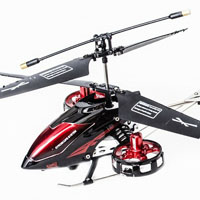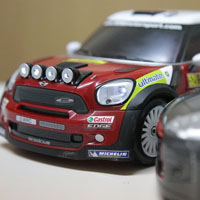The Tools Needed For Radio Controlled Hobbyists
Building a radio controlled project requires a huge amount of time and detail when you are putting the pieces together, or even cutting the pieces out to be assembled. Most people who do it as a hobby will have many different tools that they use throughout the course of assembling a radio controlled project.
If you want to build something for the first time, you will need some materials that will come in immensely handy throughout the process. Here I will name some of the main ones, but you will most likely need to find some more specific tools to fit your personal needs.
Of course, the first thing you need is the raw material that will be used to construct the project. Most radio controlled projects are made out of wood. If your plans don’t call for a specific type, you will have to choose it yourself, which can be tough. Balsa wood is the most popular choice, especially for toy airplanes and helicopters.
It is extremely light, while maintaining a good level of solidity. You can build an entire airplane frame out of it, and it will have a minimal amount of flex. IF you are building a larger model of an airplane or other vehicle, then balsa may be too soft, in which case you will want to look for other woods.
The radio and motor equipment is the 2nd most important part. If you are a really enthusiastic radio controlled hobbyist as well as an engineer of some sort, then you may consider making it all out of the various components. It is possible to buy all of the electric components of the radio and motor systems separately.
However, if you do this you will have to deal with all of the electrical concepts and parts including transistors, resistors, and all those other things that make it so daunting. There is no shame in buying transmitters or motors pre-assembled and just gluing them wherever they need to go. It will definitely save you some time.
The first tool that should never leave the arsenal of a radio control enthusiast is a good old X-Acto Knife. Even if you are buying a kit that allows for easy assembly, you will still need the X-Acto knife to shave off any bumps or extra pieces of wood / plastic that are getting in the way.
If you are building it entirely from scratch, the knife will be perfect for cutting outlines from thinner pieces of wood, cutting notches for the electrical equipment to keep steady, or just getting everything to the exact shape that you want it. You can buy them for just a few dollars at your local hobby store, or home improvement store.
Depending on the material that you are using to build your project, you will need some type of tack or glue to hold it together. There are many different choices for this area. You can use superglue, wood glue, or epoxy, and each one will hold fairly sturdy. Look up the type of wood or plastic that you are using, and see what type of tack is recommended to fasten it.
If you are building a remote control boat or even a submarine, you will have to consider the matter of waterproofing it to avoid ruining the electrical components when you first put it in the water. This is usually accomplished through some sealing putty for cracks and a spray-on sealant to keep the wood from soaking.
At some point you will have to cut all of the wood into the segments that you require to piece together the final product. While it is possible with a handsaw, it is definitely not the best choice. A table saw works best for larger pieces, but for finer details you would be hard pressed to find a better tool than a Dremel Tool.
They look like electric toothbrushes, and have quickly rotating heads that can grind away balsa wood in a matter of seconds. They allow for maximum accuracy, whether you are shaping a piece of wood or making holes for wiring.








